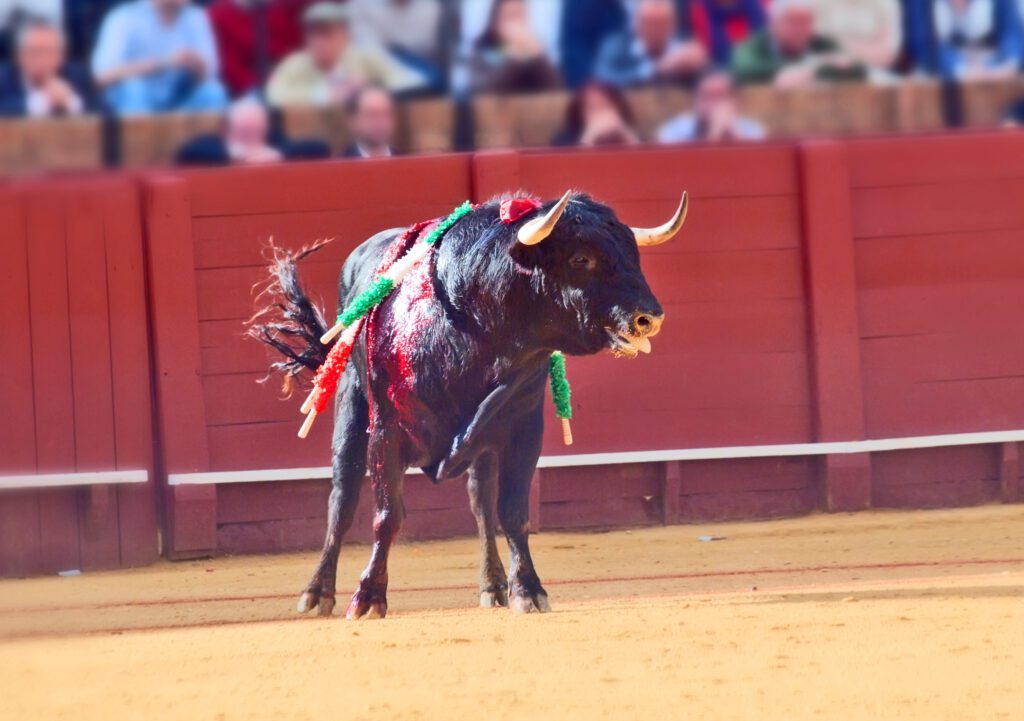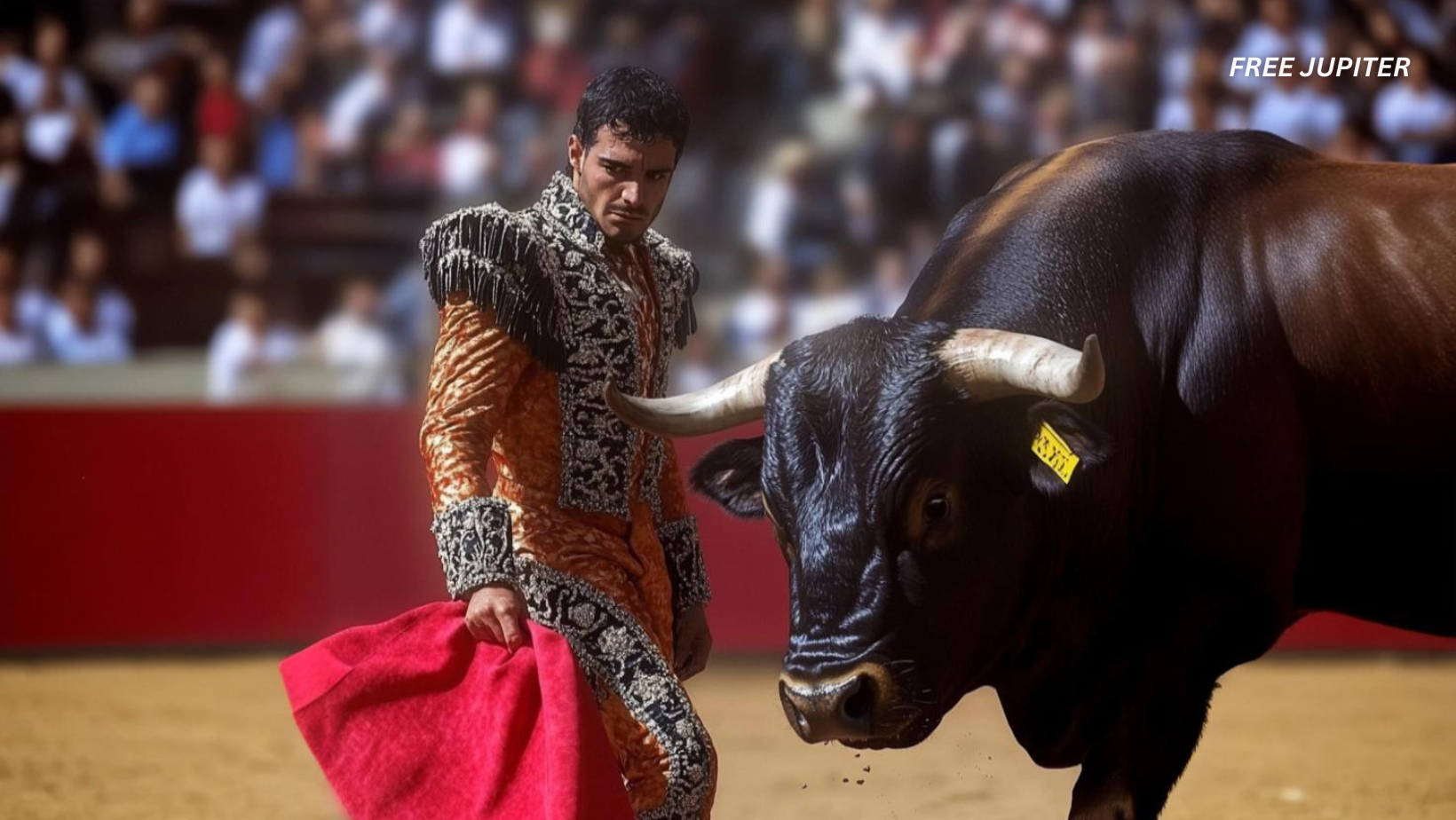Friendly Note: FreeJupiter.com shares general info for curious minds 🌟 Please fact-check all claims—and always check health matters with a professional 💙
For the first time in over five centuries, bullfighting in Mexico City is facing a radical transformation. In a landmark decision, lawmakers have voted to ban violent bullfights involving the torture or killing of bulls, marking a significant cultural shift in one of the world’s most prominent bullfighting capitals. Yet, the city isn’t abandoning the tradition entirely. It’s attempting to reimagine it. The goal is to preserve the artistry, ceremony, and spectacle of the practice while stripping away the bloodshed that has long drawn criticism from animal rights groups and progressive voices.
This new direction opens up a complex debate between cultural heritage and ethical evolution. Here’s how Mexico City plans to walk the line between preserving a tradition and protecting animals.
The Ban: What Exactly Is Changing?
The new legislation passed by Mexico City’s Congress prohibits public events where bulls are injured or killed. This effectively halts traditional bullfighting as most people know it, where matadors confront bulls in an arena and kill them in front of a live audience. Violators will face fines and potentially even criminal charges under animal cruelty laws.
However, the ban doesn’t outlaw bullfighting entirely. Instead, it allows for a non-violent version, sometimes referred to as corridas incruentas, or “bloodless bullfights.” These events retain the pageantry and choreography but avoid harming the bull. In these versions, matadors may perform with bulls using capes and passes, but without swords or spears. The emphasis shifts from domination to dance-like display.

Why Now? Public Opinion and Political Pressure
Support for the ban has been growing for years. Animal rights activists in Mexico have long denounced the cruelty of bullfighting, calling it outdated and inhumane. Public opinion has shifted dramatically, especially among younger generations. A 2022 survey by Parametría found that over 70 percent of Mexicans oppose bullfighting, even though it was once widely embraced across the country.
Political winds have also changed. Mexico City’s legislators cited animal welfare as a primary reason for passing the bill. Legislator Jorge Gaviño, one of the bill’s co-authors, said during the vote, “This is not a decision against tradition, but a step toward becoming a more ethical society.”
Other regions in Mexico have already banned bullfighting entirely, including Sinaloa, Guerrero, and Quintana Roo. Mexico City’s move could signal a nationwide trend.
The Cultural Weight of Bullfighting in Mexico
Bullfighting was introduced to Mexico by Spanish colonizers in the 16th century. Over time, it evolved into a uniquely Mexican art form, blending colonial rituals with local flair. Plaza México in Mexico City is the largest bullfighting arena in the world, and events there have drawn tens of thousands of spectators.
Supporters argue that bullfighting is not just a sport but a cultural expression, one tied to national identity and historical pride. Matadors are often regarded as folk heroes. The costumes, music, and choreography are deeply symbolic, with performances structured around values like bravery, grace, and honor.
But while some see bullfighting as sacred, others see it as a relic of cruelty. This clash of views has placed Mexico at a cultural crossroads.
Bloodless Bullfighting: What Will It Look Like?
Bloodless bullfights are not new. They have been performed in parts of the United States, Portugal, and even in some areas of Spain. In these events, bulls are not killed and are often trained or conditioned to participate in a way that minimizes stress or danger.
In Mexico City, future events may resemble these models. Bulls might still charge at capes and participate in traditional movements, but they will not be stabbed with banderillas or swords. Matadors may even use Velcro-tipped spears that attach harmlessly to a padded target on the bull, purely for show.
Organizers are exploring ways to preserve the tension and spectacle without the violence. One proposed version includes choreographed duels between human performers and mechanical bulls, or symbolic ritual reenactments that highlight the matador’s skill without requiring an actual animal.
Economic and Industry Impacts
Bullfighting is a multi-million rand industry in Mexico. It supports ranchers, event organizers, artisans, customers, musicians, and tourism-related businesses. Critics of the ban warn that eliminating traditional bullfighting could devastate rural economies where bulls are bred and trained.
However, lawmakers argue that shifting to non-violent versions of the sport could create new economic opportunities. Family-friendly, cruelty-free events could draw larger and more diverse crowds. International tourists, especially those from countries where animal rights are a priority, might be more inclined to attend a bloodless version of a bullfight than a violent one.
In this way, the ban could be a pivot, not a death knell, for the bullfighting economy.
Animal Welfare Advocates Celebrate the Victory
Animal protection groups in Mexico and around the world have praised the ban as a major milestone. For years, organizations like AnimaNaturalis and PETA Latino have held protests outside bullfighting arenas, citing the pain and fear endured by bulls in the ring.
Some activists argue that even bloodless bullfights should eventually be phased out, as they can still cause psychological stress to animals and may encourage other forms of exploitation. However, most see this move as a critical first step.
Luisa Ramírez, an activist from México Sin Toreo, said, “We’re finally seeing empathy reflected in law. This decision shows that traditions can evolve.”
Not Everyone Is Applauding
Opponents of the ban argue that it is an attack on Mexican heritage and that lawmakers are caving to outside pressure. Some prominent matadors have criticized the legislation, calling it an insult to their profession and a betrayal of cultural pride.
They warn that removing the risk and fatal climax from bullfighting will reduce it to mere performance, robbing it of meaning. Others claim the ban violates property rights and artistic freedom.
Legal challenges are already underway, with some bullfighting associations threatening to appeal to the Supreme Court. Meanwhile, underground events may proliferate if demand for traditional bullfighting persists.
A Global Ripple Effect?
Mexico City’s decision could influence other countries where bullfighting is still practiced. Spain, Colombia, Ecuador, and Peru all face similar debates about the future of the tradition. Portugal already prohibits the killing of bulls in the ring, though the animals may still be euthanized afterward.
International animal rights coalitions hope Mexico City’s example will pressure other regions to adopt reforms. Mexico, being one of the last strongholds of violent bullfighting, has now sent a powerful signal that change is possible without abandoning cultural practices altogether.

Can Culture Survive Without Cruelty?
At the heart of this change lies a deeper question. Can a tradition rooted in violence be reimagined into something humane? For centuries, bullfighting has symbolized honor, skill, and national identity. But today, that symbolism is being challenged by evolving ethics and shifting generational values.
By banning violence but preserving the pageantry, Mexico City is attempting something rare. It is balancing heritage with humanity. Whether the experiment succeeds depends on how both artists and audiences adapt.
Will the crowds still cheer for a performance where no blood is spilled? Will matadors feel the same pride without the final thrust of a sword? These answers will unfold in time. But what is certain is that Mexico City has drawn a bold line in the sand. Bulls no longer have to die for tradition to live on.










